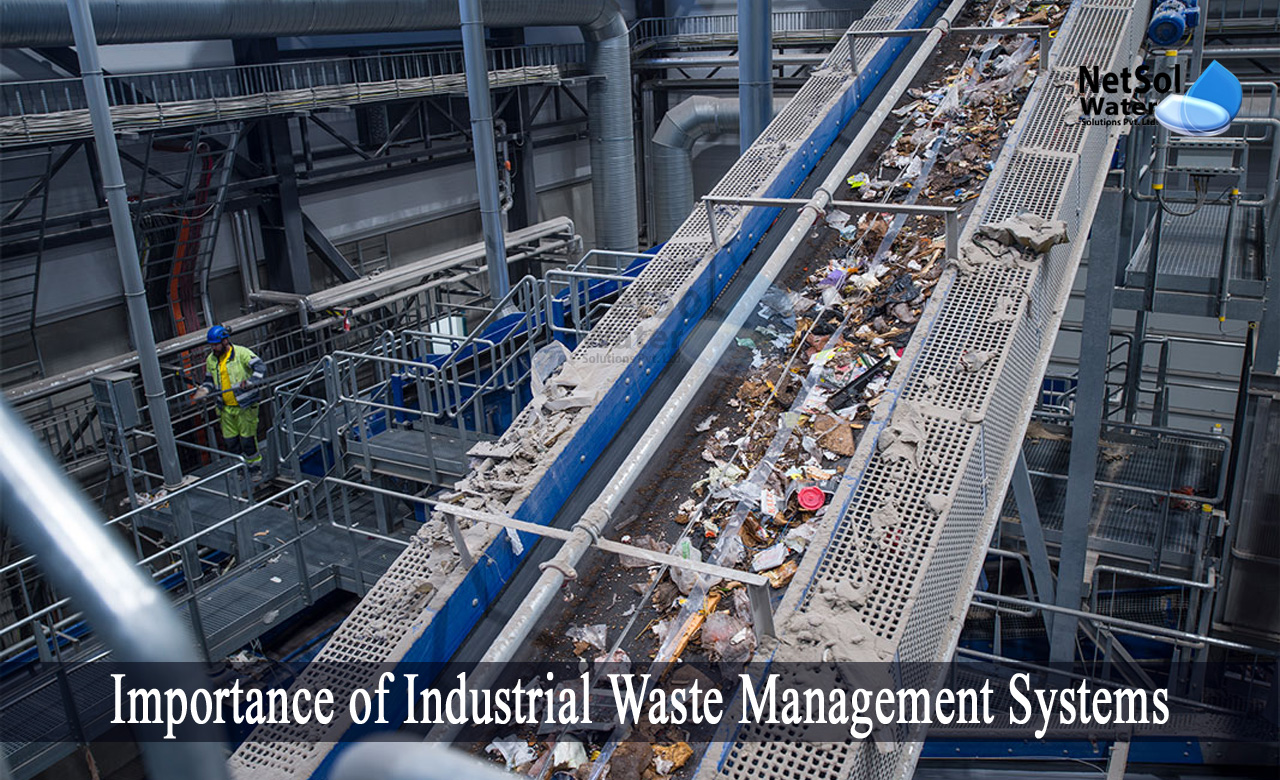4 Easy Facts About Reclaim Waste Shown
4 Easy Facts About Reclaim Waste Shown
Blog Article
The Best Guide To Reclaim Waste
Table of ContentsReclaim Waste Things To Know Before You Buy3 Easy Facts About Reclaim Waste ExplainedWhat Does Reclaim Waste Mean?The smart Trick of Reclaim Waste That Nobody is DiscussingThe Basic Principles Of Reclaim Waste
Discover the types, occurrences, and kinds of liquid waste. Residential sewage waste describes the waste and products from a residential septic system. This type of waste is created by human beings in houses, schools, and other structures. This only consists of septic systems that have a drainpipe area. The appropriate management and disposal of domestic sewer waste need fluid waste to be transferred to a sewer therapy plant where the appropriate methods and equipment are applied to purify and throw away waste.
Commercial waste usually consists of prospective risks, such as flammable materials or a blend of liquid and solid waste items, and calls for an advanced and thorough disposal process. The disposal of industrial waste normally involves the filtration of waste before transport to make certain safe and proper disposal. Industrial waste is produced from results and drainage of commercial procedures and production.
This kind of waste can not use the exact same sewage monitoring transportation or procedures as septic or industrial liquids. The commercial waste management process needs the inspection and screening of fluid waste prior to it undergoes the disposal process (liquid waste disposal). Drainage waste is the fluid waste that originates from overflow and excess stormwater in extremely inhabited areas or cities
Overflow waste can trigger contamination and flooding if not dealt with correctly. Discover more about sewer cleaning and waste management. Ensuring correct waste monitoring can protect against disasters and reduce ecological harm. Both people in household setups and experts in commercial or manufacturing sectors can profit from understanding the processes and laws of fluid waste administration.
A Biased View of Reclaim Waste
Contact PROS Solutions today to learn more about our waste management and disposal services and the correct ways to look after the liquid waste you create.
(https://ameblo.jp/reclaimwaste1/entry-12874802223.html)Do you recognize what takes place to your water when you draw the plug, flush the commode or drain the washing equipment? No? Well, it's worth recognizing. This supposed 'wastewater' is not just an essential resource yet, after treatment, will certainly be released to our land, rivers or the ocean. Made use of water from bathrooms, showers, baths, cooking area sinks, laundries and commercial processes is known as wastewater.

water made use of to cool machinery or tidy plant and equipment). Stormwater, a type of wastewater, is runoff that streams from farming and metropolitan locations such as roofings, parks, gardens, roads, courses and seamless gutters into have a peek at this website stormwater drains pipes, after rainfall. Stormwater flows without treatment directly to regional creeks or rivers, eventually getting to the sea.
What Does Reclaim Waste Do?
In Queensland, most wastewater is treated at sewage therapy plants. Wastewater is moved from residential or commercial websites through a system of sewers and pump stations, recognized as sewage reticulation, to a sewage treatment plant.
The Department of Natural Resources advises city governments regarding handling, operating and maintaining sewerage systems and therapy plants. In unsewered locations, regional governments might need homeowners to install specific or family sewage treatment systems to deal with residential wastewater from toilets, kitchens, bathrooms and washings. The Division of Natural Resources authorises the use of house systems when they are verified to be efficient.
Most stormwater obtains no therapy. In some new communities, treatment of some stormwater to remove clutter, sand and gravel has actually begun using gross toxin traps. Wastewater therapy happens in 4 stages: Gets rid of solid issue. Bigger solids, such as plastics and various other objects mistakenly discharged to sewage systems, are eliminated when wastewater is passed through displays.
Makes use of little living organisms understands as micro-organisms to damage down and remove remaining dissolved wastes and great fragments. Micro-organisms and wastes are incorporated in the sludge.
Rumored Buzz on Reclaim Waste
Nutrient elimination is not readily available in all sewer therapy plants due to the fact that it calls for pricey specialized tools. It is coming to be more common in Queensland. Clear fluid effluent generated after therapy might still have disease-causing micro-organisms. If this effluent is launched right into rivers such as rivers or the sea, the micro-organisms will ultimately die out.

Most wastewater moves into the sewerage system. Under the Act, regional governments provide approvals and permits for environmentally pertinent activities (Periods) involving wastewater launches that might have a regional impact.
The Of Reclaim Waste
Or else, samples are taken for lab evaluation. Typically several examinations are needed to establish the levels of each of the different contaminants such as oils, heavy steels and chemicals in water. Monitoring offers accurate info concerning water quality and can confirm that licence conditions are being satisfied. The info acquired via surveillance provides the basis for making water quality decisions.
Report this page